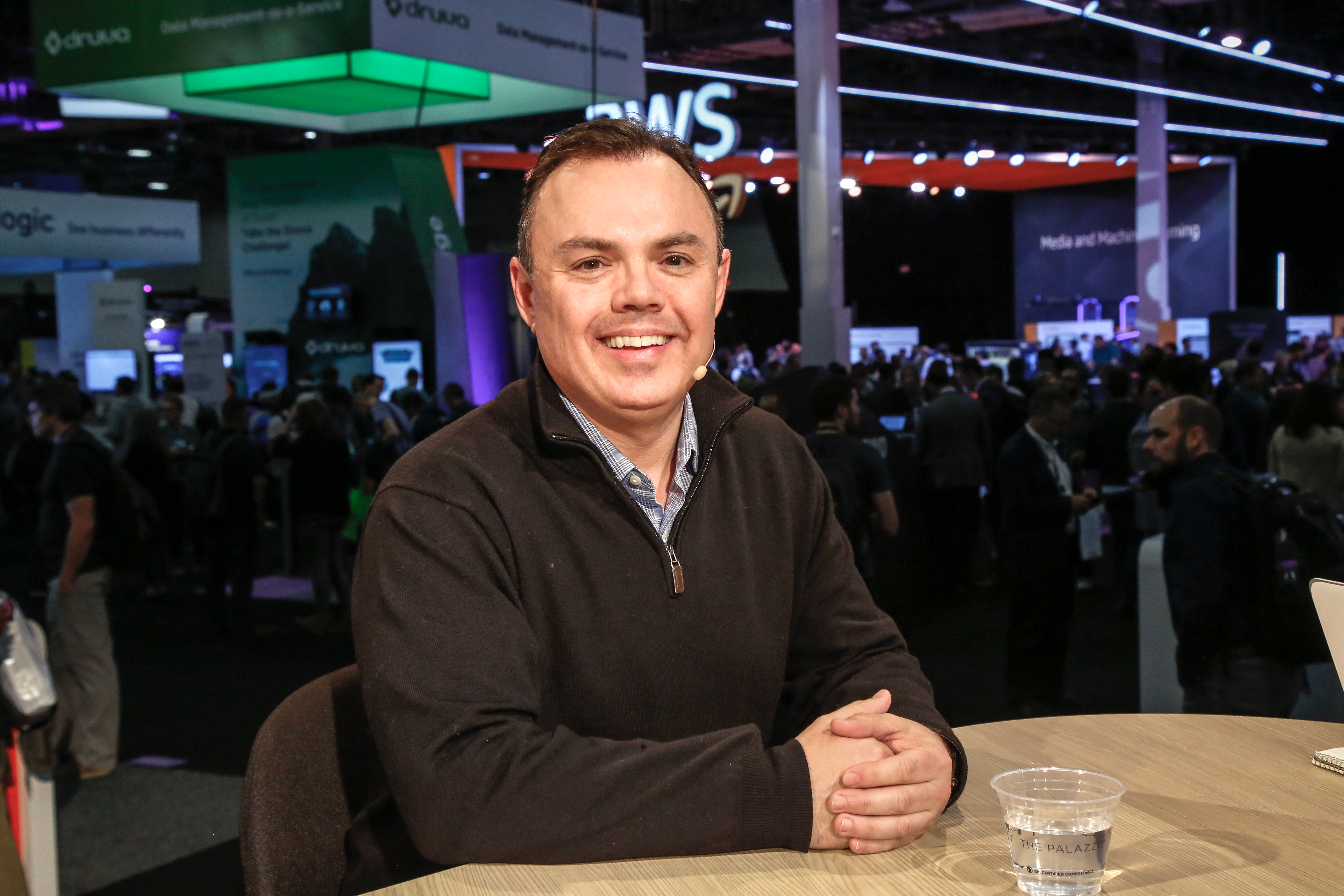 CLOUD
CLOUD
 CLOUD
CLOUD
 CLOUD
CLOUD
When the news hit on October 29, 2018, that IBM Corp. had acquired Red Hat Inc., in a $34 billion deal, it stunned the technology world. And with good reason, as Red Hat’s merging with IBM was the biggest software acquisition ever achieved. But beyond the hype, what will this actually mean for Red Hat going forward? To put it simply: global growth and worldwide leadership.
“It puts us several years ahead of where we have been — or where we would have been, frankly — and ultimately … our intent is that with IBM, we’ll become the leading hybrid and multicloud provider in the world,” said Mike Ferris (pictured), vice president of technical business development and business architecture at Red Hat.
Ferris spoke with John Furrier (@furrier) and Dave Vellante (@dvellante), co-hosts of theCUBE, SiliconANGLE Media’s mobile livestreaming studio, during AWS re:Invent in Las Vegas. They discussed the relationship between IBM and Red Hat, the impact of the acquisition on Red Hat’s products, and conversations around the cloud. (* Disclosure below.)
Red Hat sees a couple of key takeaways from the acquisition that will move the entire company forward, according to Ferris. IBM will be able to give Red Hat the resources to grow and scale open source in emerging areas to offer customers flexibility and choice, and Red Hat will now have the global advantage of hybrid and multicloud to reach more customers and partners.
“It’s exciting times,” Ferris said. “This will allow us to really scale and accelerate what we’ve already been doing for the past … since, really, the 1994 era when Red Hat was founded. And … it kind of validates a lot of what we’ve put into open source and enterprise customers since then.”
While Red Hat is a huge open-source player, it has provided unique and powerful products for enterprises for a number of years using this model — including its contribution to cloud, which would not exist without Linux and open source, according to Ferris. Red Hat’s emphasis will not change with the acquisition, he added.
“Our focus is … what it always has been,” Ferris said. “Let’s build the best enterprise products using the open-source development model and make those available across all public and hybrid cloud environments.”
Watch the complete video interview below, and be sure to check out more of SiliconANGLE’s and theCUBE’s coverage of AWS re:Invent. (* Disclosure: Red Hat, Inc. sponsored this segment of theCUBE. Neither Red Hat nor other sponsors have editorial control over content on theCUBE or SiliconANGLE.)
THANK YOU